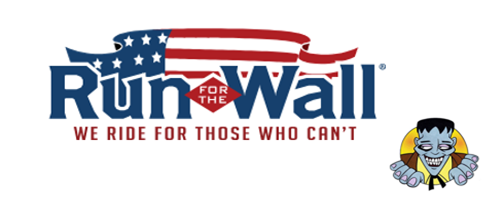
2024 Say Their Names Newsletter
This is the 5th Edition of the Say Their Names, Tell Their Stories, Never Forget!
SGT Joseph Andrew Matejov, USAF, MIA 2/5/1973 – Laos
SGT Joseph Matejov was born on 2 February 1952, in Fort Sill, OK to Stephen and Mary Matejov. Joe was the 3rd of ten children born to Stephen and Mary and graduated from East Meadow High School, East Meadow, NY in 1970.
SGT Matejov enlisted in the U.S. Air Force on 14 July 1970, completing basic training at Lackland AFB, TX and Morse Code technical training at Keesler AFB, MS. After technical training, SGT Matejov was assigned to Misawa AB, Japan. On 12 April 1972, he was assigned to Det 3, 6994th Security Squadron, Ubon Royal Thai Air Force Base, Thailand.
Sgt. Joseph Matejov celebrated his 21st birthday in Southeast Asia three days before his EC-47Q reconnaissance plane was shot down over Laos.
On February 5, 1973, about a week after the signing of the Paris Peace Agreement, an EC-47Q aircraft, call sign “Baron 52”, was shot down over Saravane Province, Laos, about 50 miles east of the city of Saravane. The crew of the aircraft consisted of the pilot, Capt. George R. Spitz; co-pilot, 2Lt. Severo J. Primm III, Capt. Arthur R. Bollinger, 1Lt. Robert E. Bernhardt, Sgt. Dale Brandenburg, Sgt. Joseph A. Matejov, all listed as crew members, and Sgt. Peter R. Cressman and SSgt. Todd M. Melton, both systems operators. The families of all aboard the aircraft were told the men were dead and advised to conduct memorial services.
It is known that Cressman and Matejov were members of Detachment 3, 6994th Security Squadron from Ubon, Thailand. The aircraft, however, was flying out of the 361st TEW Squadron (Tactical Electronic Warfare Squadron) at Nakhon Phanom Airbase, Thailand. Primm, Melton, Spitz, Brandenburg and Bernhardt were assigned to the 361st TEW Squadron. Bollinger’s unit is unknown.
The men in the 6994th were highly trained and operated in the greatest of secrecy. They were not allowed to mingle with others from their respective bases, nor were the pilots of the aircraft carrying them on their missions always told what their objective was. They were cryptology experts, language experts, and knew well how to operate some of the Air Force’s most sophisticated equipment. They were the first to hear the enemy’s battle plans.
 In a letter written to his brother on February 2, 1973, (after the peace treaty was signed), Joe wrote: “I’m still flying in the C-47’s over here – 134 flights as of now. I’m shooting for 150, but I don’t know if I will reach that mark or not. So much for this war that’s still going on. Peace? My Ass. Can’t wait until they release all the POW’s too – I’ll be really happy to see that.” The letter continues. “Right now I only have 52 days left.”
In a letter written to his brother on February 2, 1973, (after the peace treaty was signed), Joe wrote: “I’m still flying in the C-47’s over here – 134 flights as of now. I’m shooting for 150, but I don’t know if I will reach that mark or not. So much for this war that’s still going on. Peace? My Ass. Can’t wait until they release all the POW’s too – I’ll be really happy to see that.” The letter continues. “Right now I only have 52 days left.”
Over five years later, Joe Matejov’s mother, Mary Matejov, heard columnist Jack Anderson, on “Good Morning America”, describe a Pathet Lao radio communique which described the capture of four “air pirates” on the same day as the EC-47Q carrying her son was shot down. NO OTHER PLANE WAS MISSING THAT DAY. Anderson’s information indicated that reconnaissance personnel had 40 uninterrupted minutes in which to survey the crash site.
The report of the reconnaissance team, which was not provided to the families for over five years, showed that three bodies, which were thought to have been higher ranking officers because of the seating arrangement, were found strapped in seats. Four of the men aboard the aircraft were not in or around the aircraft, and the partial remains of the eighth man (Bernhardt) was recovered. No identification was brought out from the crash site, and no attempt was made to recover the three bodies from the downed aircraft. It is assumed that the reconnaissance team was most interested in recovering the sensitive equipment aboard the EC-47Q. The EC-47Q became known as the “Flying Pueblo”. Most of the “kids” in back, as some pilots called them, were young, in good health, and stood every chance of surviving captivity.
There were specific reports intercepted regarding the four missing men from the aircraft missing on February 5, 1973. Radio reports indicated that the four were transported to the North Vietnam border. None were released in the general POW release beginning the next month.
 Peter Cressman enlisted in the United States Air Force in August 1969 and after two years at Elmendorf AFB in Anchorage, Alaska he volunteered for service in Vietnam and left for Da Nang in June 1972.
Peter Cressman enlisted in the United States Air Force in August 1969 and after two years at Elmendorf AFB in Anchorage, Alaska he volunteered for service in Vietnam and left for Da Nang in June 1972.
In Da Nang, Peter spent his free hours at Sacred Heart Orphanage. His letters to his hometown priest in Oakland, New Jersey, resulted in the forming of “Operation Forget-Me-Not”. Community schools, churches, merchants and citizens joined the effort to help the innocent victims of war. The group eventually provided a boxcar of supplies to the orphans.
Peter was transferred to the airbase at Ubon, Thailand. He believed the secret missions being flown into Laos were illegal and had written letters to his congressman in that regard. His family has been active in efforts to locate information on Peter and the nearly 2500 others who remain unaccounted for. They founded the National Forget-Me-Not Association for POW/MIAs in St. Petersburg, Florida, the largest POW advocacy group in the country.
Joseph Matejov enlisted in the Air Force in 1970 from his home state of New York and went to Southeast Asia in April 1972. Joe’s father, Stephen, was a West Point Graduate and served in the Korean War. Stephen Matejov died in 1984 not knowing what happened to his son. Joe’s mother, Mary says, “Joe may be alive. If so, this government has a legal and moral responsibility to get him home. The next generation of servicemen should not have to wonder if they will answer the call to defend their country only to be abandoned. We must stop this tragedy now, and never allow it to happen again.”
Joe’s older siblings are Anne – civilian and Peace Corps and Stephen – retired Navy, disabled related to Agent Orange. His younger siblings are John – retired Marine; Kate – civilian – married to a Marine who passed away in 2019 due to Agent Orange related illness; Mary – civilian; Theresa – Army veteran, married to a West Point Graduate, has a son in the Navy waiting for a command on a nuclear submarine; Jim – civilian; Judy – married to a Marine for 29 years; and Mike – civilian.
Judy and Mike have both ridden with RFTW while John, Theresa, and her husband Terry, have all participated with RFTW at Riverside Cemetery and/or at the Southern Route stop in Front Royal, VA.
SGT Matejov’s awards and decorations include the Distinguished Flying Cross (Posthumously), Purple Heart (Posthumously), and the Air Medal (3rd OLC).
SGT Matejov is interred in a communal grave in section 34, site 4402, Arlington National Cemetery, Arlington, VA. His name is engraved on the Vietnam Veteran Memorial Wall on Panel 1W, line 115.
The Matejov Community Center on Misawa AB, Japan was named in SGT Matejov’s memory.
This is why we ride!
Live a Life worthy of their Sacrifice!
Darin “Lurch” Koch


























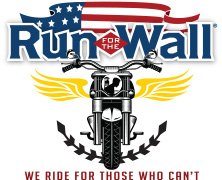





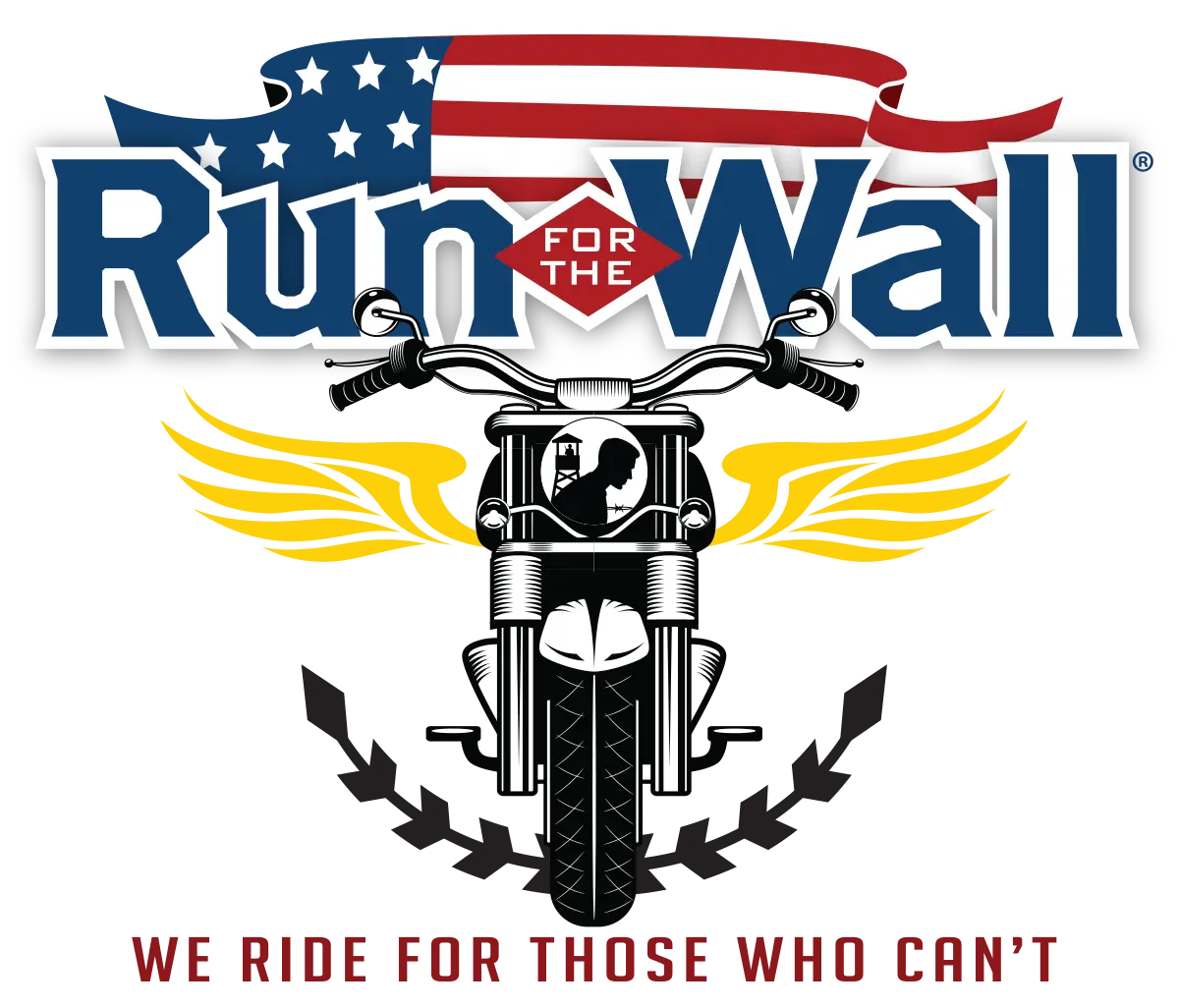
 John “Turkey” Staub
John “Turkey” Staub










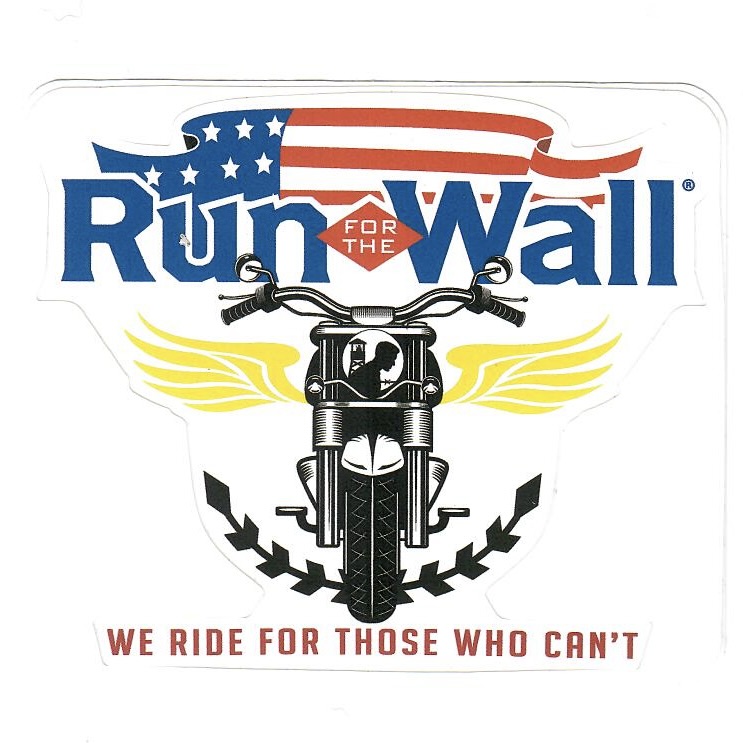




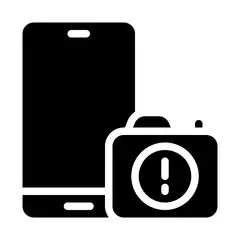 Due to circumstances beyond our control, Midway Route Photos from previous runs are no longer available.
Due to circumstances beyond our control, Midway Route Photos from previous runs are no longer available.